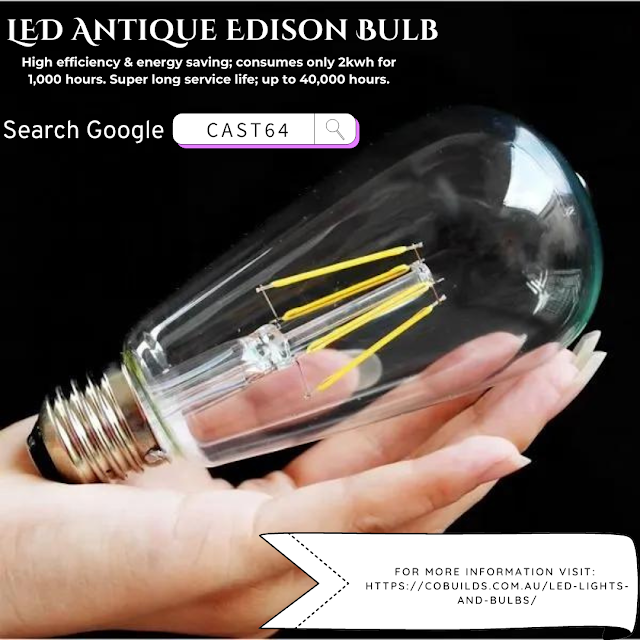Introduction
LED lights and bulbs are a modern type of lighting that is becoming increasingly popular in many applications. LEDs or Light Emitting Diodes have many advantages over traditional lighting options like incandescent bulbs and fluorescent lamps. These benefits range from energy efficiency, long lifespan, durability, and versatility in design. In this article, we will delve into the various advantages of LED lights and bulbs, and how they are transforming the lighting industry.
1. Energy Efficiency
LED lights and bulbs are highly energy-efficient compared to traditional lighting options. They consume less power and produce more light, making them an excellent choice for energy conservation. Incandescent bulbs, for example, use a lot of electricity to produce light, with much of the energy being lost as heat. In contrast, LED lights use only a fraction of the energy that incandescent bulbs use, making them much more efficient.
2. Long Lifespan
Another significant advantage of LED lights and bulbs is their long lifespan. Unlike traditional lighting options that require frequent replacement, LED lights can last for up to 50,000 hours, which is about 50 times longer than incandescent bulbs. This means that once you install LED lights, you can forget about changing them for a long time, saving you both time and money.
3. Durability
LED lights and bulbs are also more durable than traditional lighting options. They are made of robust materials that are resistant to damage from impacts and vibrations. LED lights can withstand harsh conditions such as extreme temperatures and humidity, making them suitable for outdoor use. They are also more resistant to breakage, which is particularly useful in industrial and commercial applications.
4. Versatility in Design
LED lights and bulbs are available in a wide range of designs and colors, making them suitable for different applications. They can be used to create various lighting effects, such as warm and cool lighting, depending on the desired mood or setting. LED lights are also available in different shapes and sizes, making them versatile for use in different environments.
5. Improved Safety
LED lights and bulbs also provide improved safety compared to traditional lighting options. They emit less heat and are less likely to cause fires, making them ideal for use in enclosed spaces like closets and cabinets. LED lights are also safer to handle during installation and replacement, as they do not contain hazardous materials such as mercury and lead.
6. Environmentally Friendly
LED lights and bulbs are also environmentally friendly. They produce less carbon dioxide emissions and other pollutants compared to traditional lighting options. Additionally, LED lights do not contain hazardous materials such as mercury and lead, making them easier to dispose of when they reach the end of their lifespan. This makes them an ideal option for those who are environmentally conscious.
7. Cost-Effective
While the initial cost of LED lights and bulbs may be higher than traditional lighting options, they are more cost-effective in the long run. Due to their energy efficiency, long lifespan, and durability, LED lights can help you save money on your energy bills and maintenance costs. Additionally, LED lights are more affordable than they were a few years ago, making them a more accessible option for homeowners and businesses.
Conclusion
In conclusion, LED lights and bulbs offer many advantages over traditional lighting options. They are energy-efficient, have a long lifespan, are durable, versatile in design, provide improved safety, are environmentally friendly, and cost-effective. With these benefits, it is no wonder that LED lights and bulbs are becoming increasingly popular in different applications. If you are considering lighting options for your home or business, LED lights and bulbs are an excellent choice that will provide you with long-term benefits.

Post a Comment
please do not post spams.